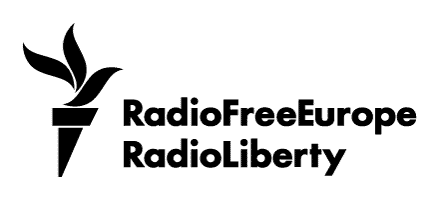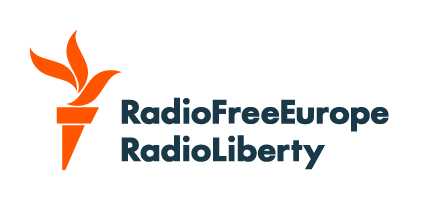Supreme Leader Ayatollah Ali Khamenei’s absence from public view during the Israel-Iran war could become a defining moment for his leadership and the Islamic republic’s future.
While Israeli Prime Minister Benjamin Netanyahu was a constant presence -- issuing daily statements and projecting resolve -- Khamenei, Iran’s commander-in-chief, was largely unseen, releasing only two video messages during the conflict, one almost certainly filmed in a bunker.
As a third video message surfaced after the cease-fire, debate over the impact of his wartime conduct has sharpened among experts and the Iranian public.
Hiding for Survival
Khamenei’s disappearance was not simply a matter of leadership style; it was directly fueled by credible reports that he was at the top of Israel’s hit list.
Israeli Defense Minister Israel Katz publicly confirmed that Israel actively sought to assassinate the Iranian supreme leader during the conflict, but couldn't as he “went very deep underground,” meaning “there was no operational opportunity.”
The threat was so acute, Khamenei reportedly suspended all electronic communication and relied only on trusted aides. The New York Times reported he even designated a line of succession in case he was killed.
Leadership Under Fire?
This extraordinary level of threat and Khamenei’s response shaped perceptions of his leadership.
“Ayatollah Khamenei was responsible for both bringing this catastrophe upon his regime and saving it at a moment of peril,” Ali Vaez, the director of the Iran program at the International Crisis Group, told RFE/RL.
The opening Israeli strike eliminated an echelon of Iran’s military command and exposed “serious structural weaknesses within Iran’s leadership and security apparatus,” Vaez said.
These setbacks, compounded by damage to Iran’s missile arsenal, nuclear program, and regional proxies, have left the Islamic republic’s strategic doctrine in disarray.
“While Khamenei survived the conflict, both physically and politically, his legacy is ruinous for the country,” Vaez argued.
Yet, some see nuances in Khamenei’s crisis management.
Raz Zimmt, the director of the Iran and the Shiite Axis research program at the Tel Aviv-based Institute for National Security Studies (INSS), noted that despite the initial shock and the loss of senior commanders, Khamenei managed to appoint successors rapidly -- an organizational feat that “is not that easy,” especially given the scale of those losses.
“Despite the surprise, despite the shock, which certainly increased his paranoia, I think he actually managed to name successors in less than 24 hours,” Zimmt told RFE/RL.
This ability to maintain control in the face of chaos, he argued, has temporarily insulated Khamenei from direct challenges to his authority.
“It will be even more difficult to question his authority in the near future, mostly due to the fact that he’s surrounded by less experienced commanders.”
The IRGC Ascendant
The episode, however, has further elevated the role of the Islamic Revolutionary Guard Corps (IRGC).
Vaez pointed out that “every major external shock to the Islamic republic… has historically contributed to the expansion of the IRGC’s role in the system.”
The IRGC has emerged from the crisis as the political establishment’s backbone, rapidly filling critical command gaps and positioning itself as the indispensable institution for the Islamic republic’s survival.
Zimmt concurred, arguing, “I don’t see anyone else who can replace the Revolutionary Guards as the main element within the Iranian elite who can provide security and back the existence of the regime.”
Still, the war’s strategic costs are likely to raise difficult questions in the months ahead “concerning the inability of Iran to preserve its deterrence vis-a-vis Israel and United States.”
However, he adds, “I think that as long as [Khamenei] is there, and as long as there is no reason for him to retire, the IRGC will just support him… and then prepare for the day after his succession.”
A Shifting Balance Of Power
Both experts agree that while a coup is unlikely in the short term, the IRGC’s influence is only set to grow, especially as Khamenei’s advanced age brings succession questions to the fore.
Vaez warns that the IRGC is “inching closer to considering the clerical leadership more as a liability than an asset.”
Meanwhile, Zimmt sees no sign of imminent change in Iran’s strategic direction, neither under Khamenei nor under his successor, which he said would suit the IRGC just fine.
So, while immediate challenges to Khamenei’s rule are unlikely, the IRGC’s centrality has only increased because of the war with Israel, which set in motion questions and power struggles that will shape the future of the Islamic republic.












